Spanish
English
Un cordial saludo y un fuerte abrazo queridos lectores y lectoras, #YoSoyMag - @magdiel7, en esta oportunidad compartiré con ustedes un poco sobre mi grandioso e inesperado encuentro con un nido de aves TERO, es mi primera vez que me encuentro con un nido de esta especie, pero me pareció algo peculiar el la forma de los de los huevos y el comportamiento de las aves al ver que sus polluelos puedan encontrarse en una posible amenaza.
A warm greeting and a big hug dear readers, #IAmMag - @magdiel7, this time I will share with you a little about my great and unexpected encounter with a nest of birds TERO, it is my first time that I find a nest of this species, but I found something peculiar the shape of the eggs and the behavior of the birds to see that their chicks may be in a possible threat.
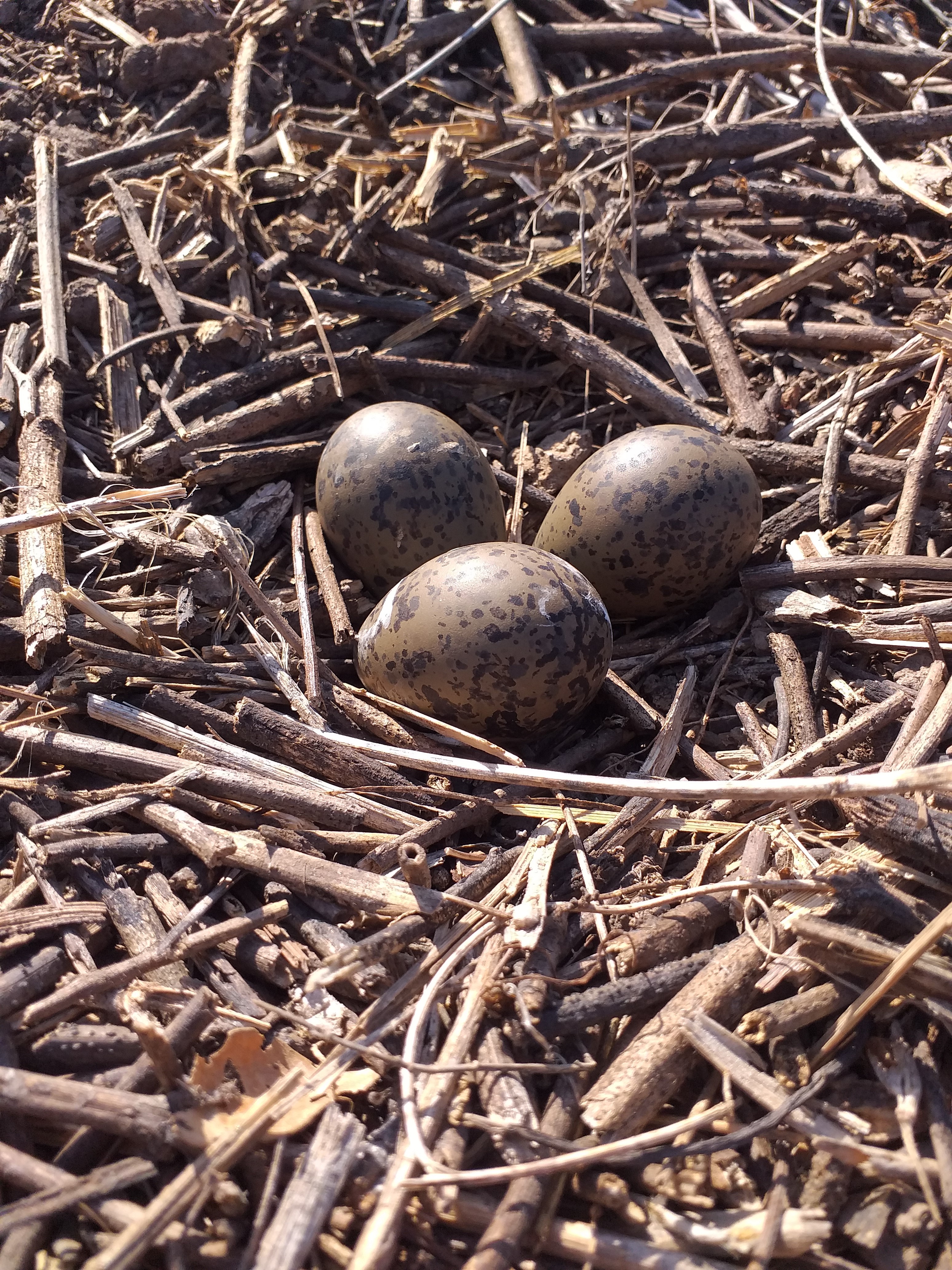
Aves ”TERO”
Birds "TERO"

Las aves Tero o como se le conoce científicamente: ”Vanellus chilensis”, son aves procedentes del continente sudamericano, estas aves además de conocerse como aves tero, también se le conoce como: leque, avefría, alcaraván, pellar, queltehue, treiler y triel. Esta ave es muy común de verse en muchas zonas de países como: Venezuela, Colombia, Ecuador, Brasil, Argentina, entre otros. También se pueden encontrar en costa rica y Uruguay, en Uruguay esta ave es reconocida como el ave nacional del país y además es el símbolo de la selección nacional del rugby.
The birds Tero or as it is scientifically known: "Vanellus chilensis", are birds from the South American continent, these birds besides being known as tero birds, are also known as: leque, avefría, alcaraván, pellar, queltehue, treiler and triel. This bird is very common to see in many areas of countries such as: Venezuela, Colombia, Ecuador, Brazil, Argentina, among others. They can also be found in Costa Rica and Uruguay. In Uruguay this bird is recognised as the national bird of the country and is also the symbol of the national rugby team.
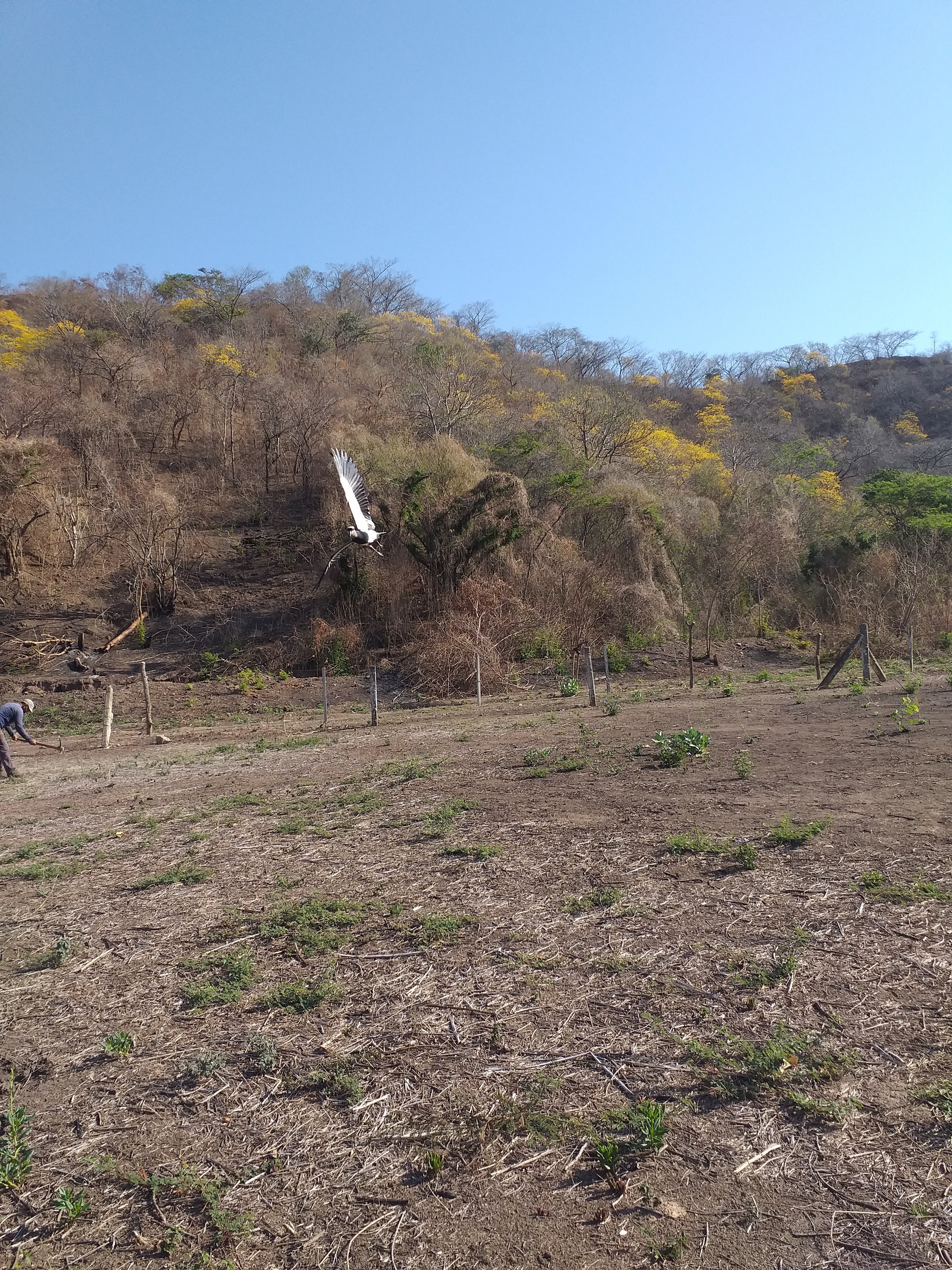 | 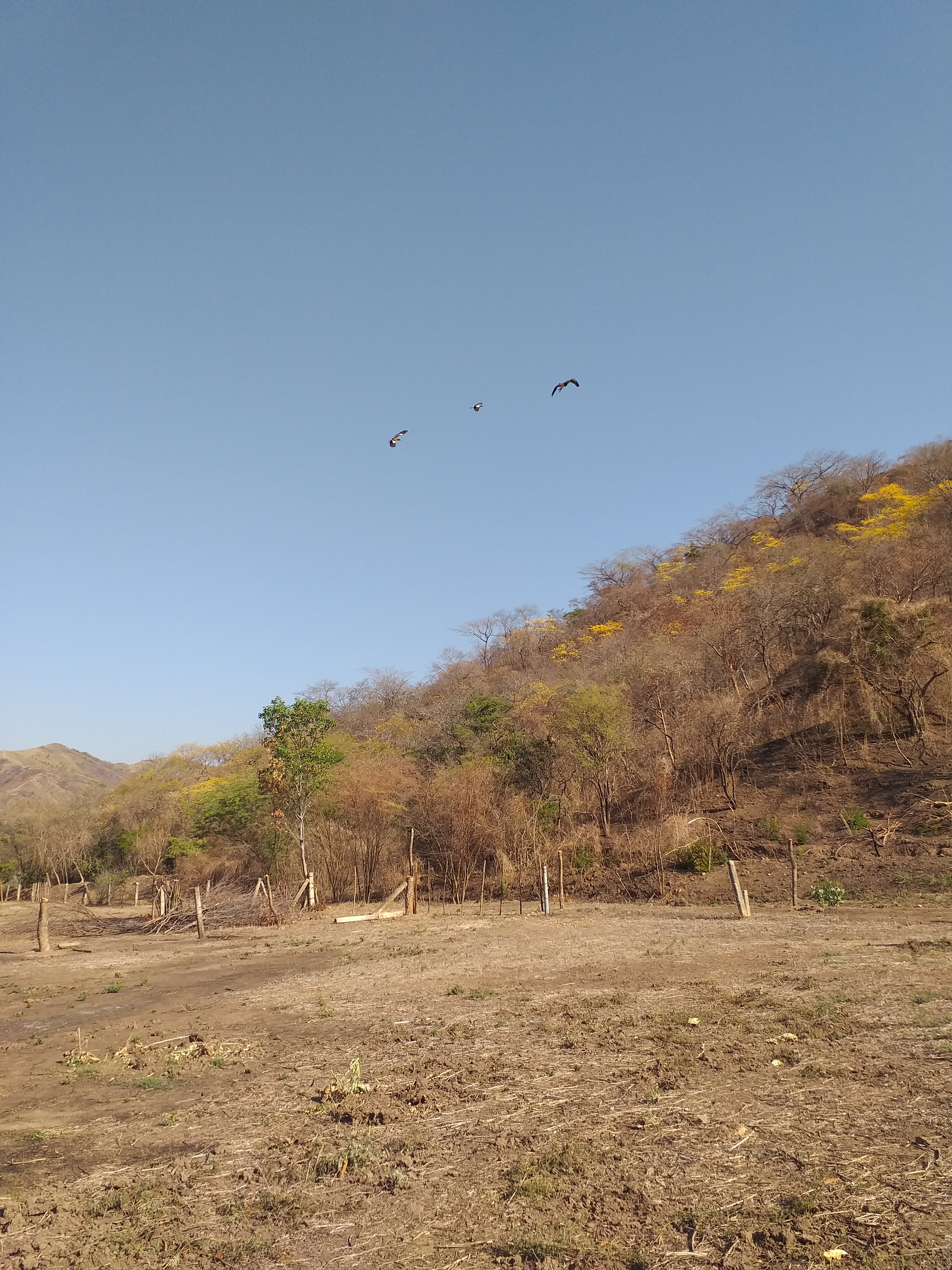 |
|---|
Características y comportamientos
Characteristics and behaviour
Estas aves son un poco peculiares, no son de colores llamativos pero si de un porte elegante, ya que son pequeñas, de patas finas y de una postura erguida, esta postura es la que hace ver a estas aves tan elegantes, además de que cuando caminan suelen ir caminando y levantando una de sus patas realizando una breve pausa en cada paso que dan, también cuando se posan, suelen posarse solo sobre una de sus patas, haciendo que sea vean elegantes y con un finura inexplicable pero única, realmente son aves maravillosas y bonitas.
These birds are a bit peculiar, they are not brightly coloured but they have an elegant bearing, as they are small, with thin legs and an upright posture, this posture is what makes these birds look so elegant, also when they walk they usually walk and raise one of their legs making a brief pause in each step they take, also when they perch, they usually perch only on one of their legs, making them look elegant and with an inexplicable but unique finesse, they really are wonderful and beautiful birds.
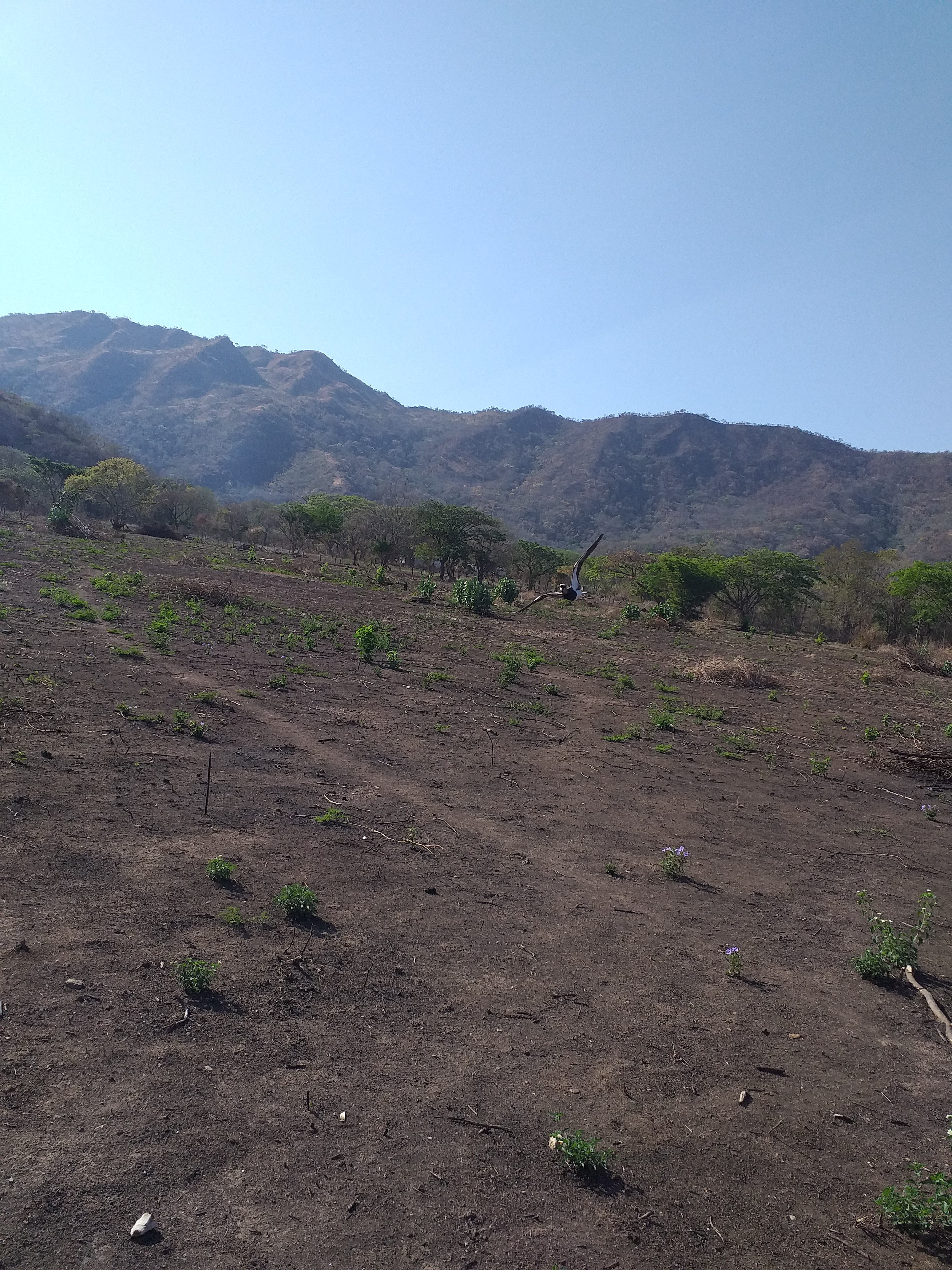 | 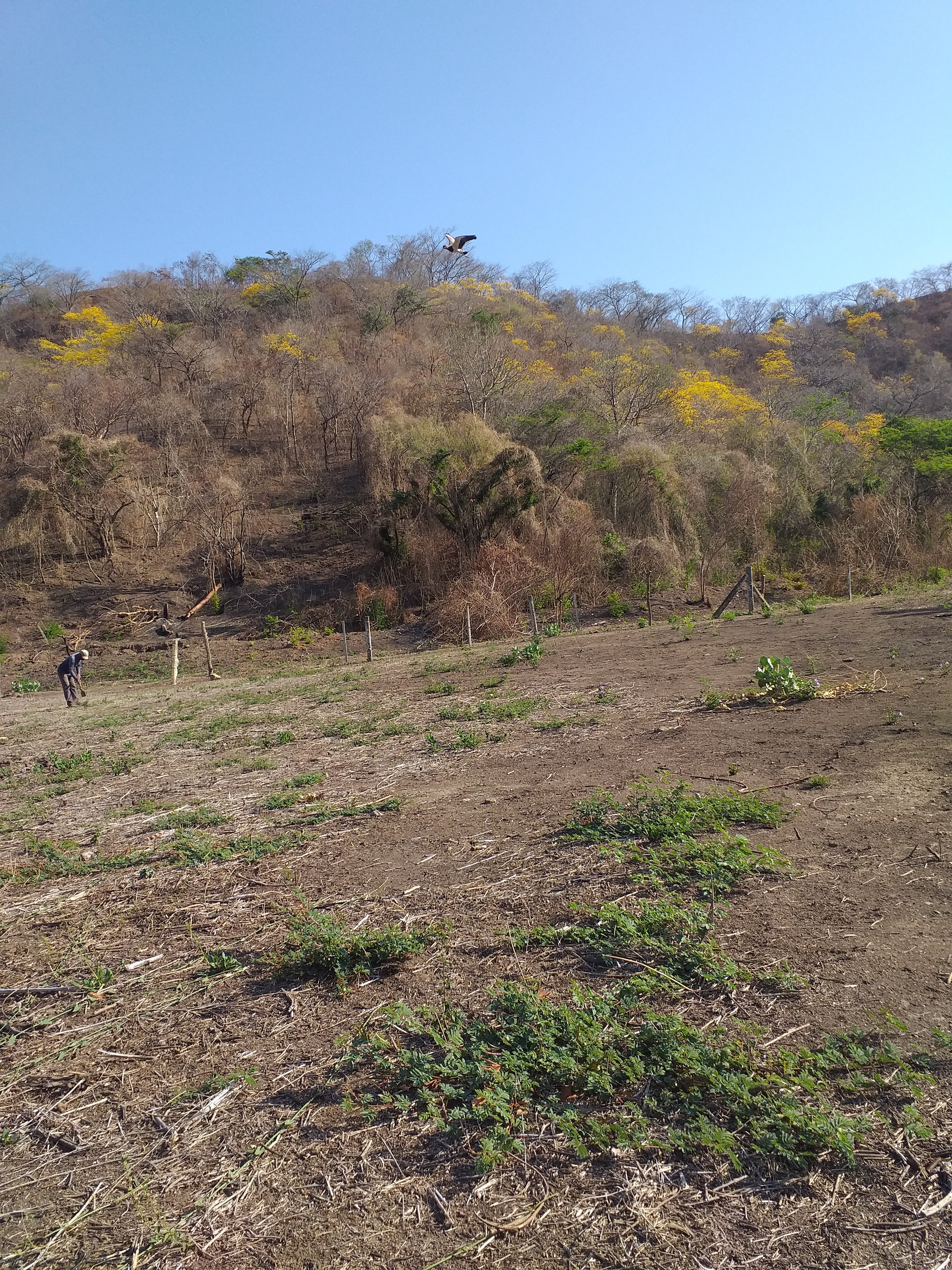 | 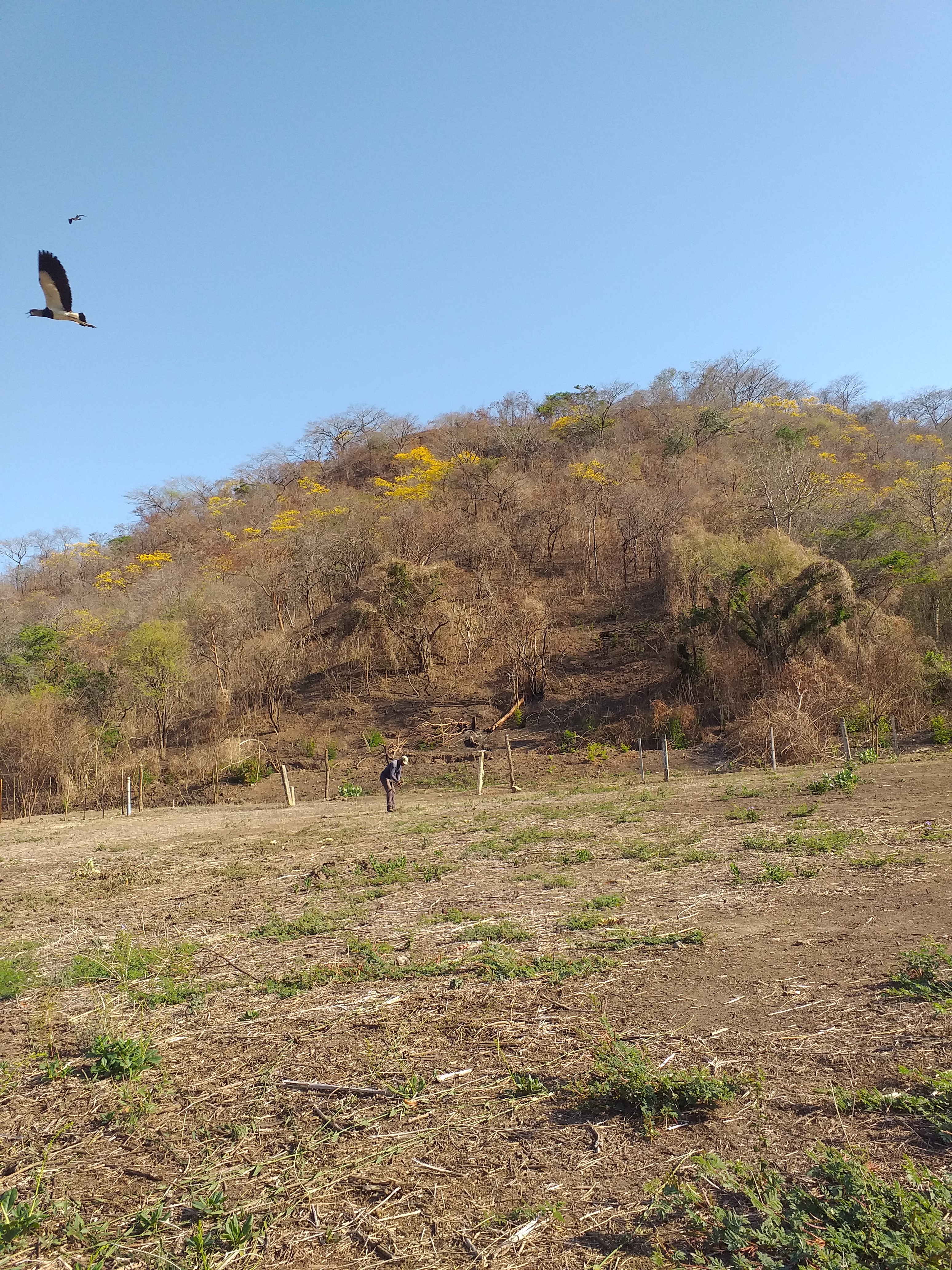 |
|---|
Mi encuentro con el nido de aves ”Tero”
My encounter with the bird's nest "Tero"

Al encontrarme con estas realmente me vi muy sorprendido y entusiasmado, era mi primera con este tipo de nidos y sobre todo con el tipo de huevos tan extraños para mi, puesto que los huevos de las aves teros no son como los comunes huevos de gallina que solemos ver con frecuencia, estos huevos son un tanto peculiares, estos huevos contienen una forma semi-ovalada y con una pequeña punta, realmente quede sorprendido al ver por primera vez esta especie de huevos.
When I came across these I was really surprised and excited, it was my first time with this kind of nest and especially with the type of eggs so strange to me, since the eggs of the teros birds are not like the common chicken eggs that we often see, these eggs are somewhat peculiar, these eggs contain a semi-oval shape and with a small tip, I was really surprised to see for the first time this kind of eggs.
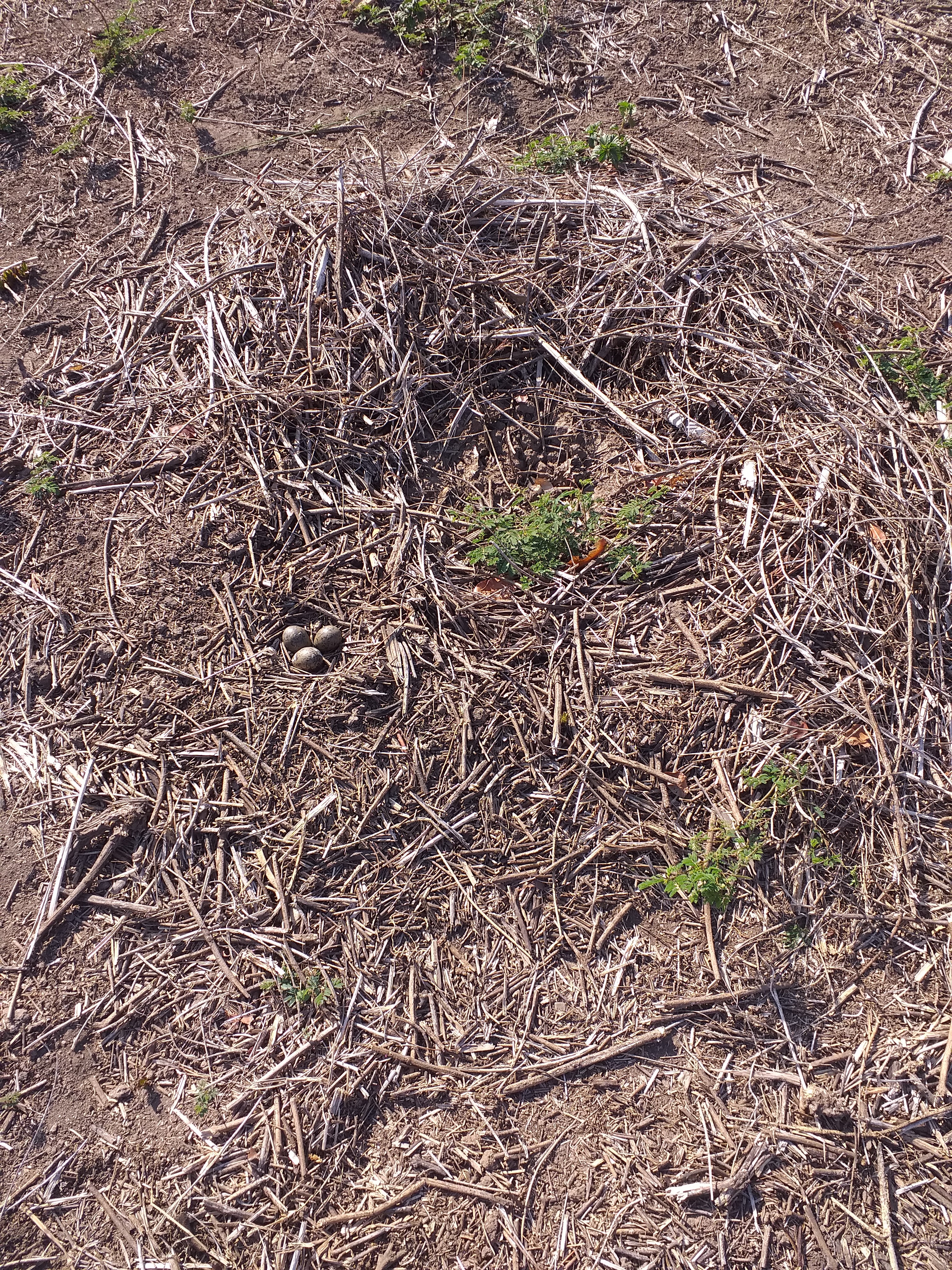 | 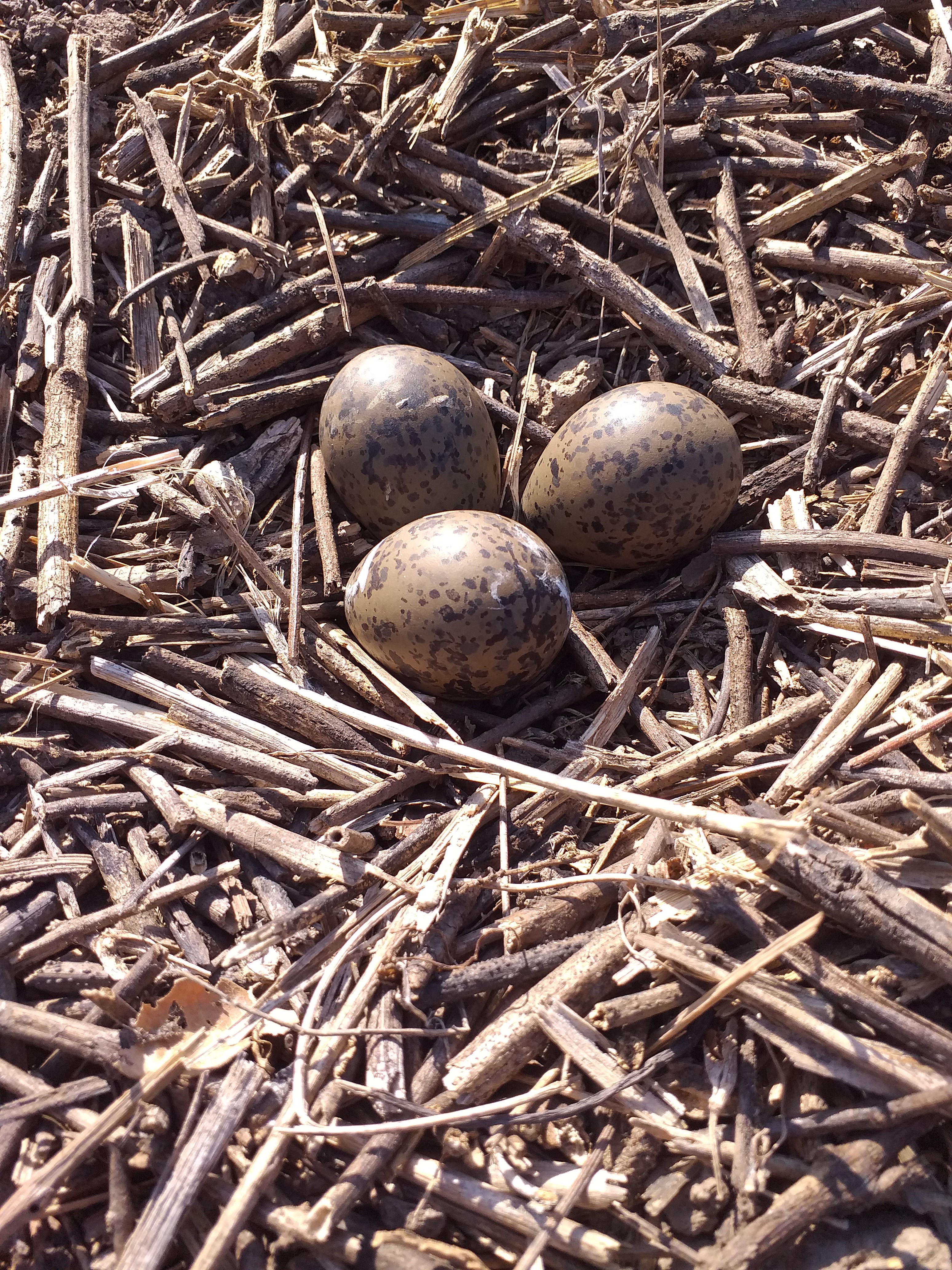 |
|---|
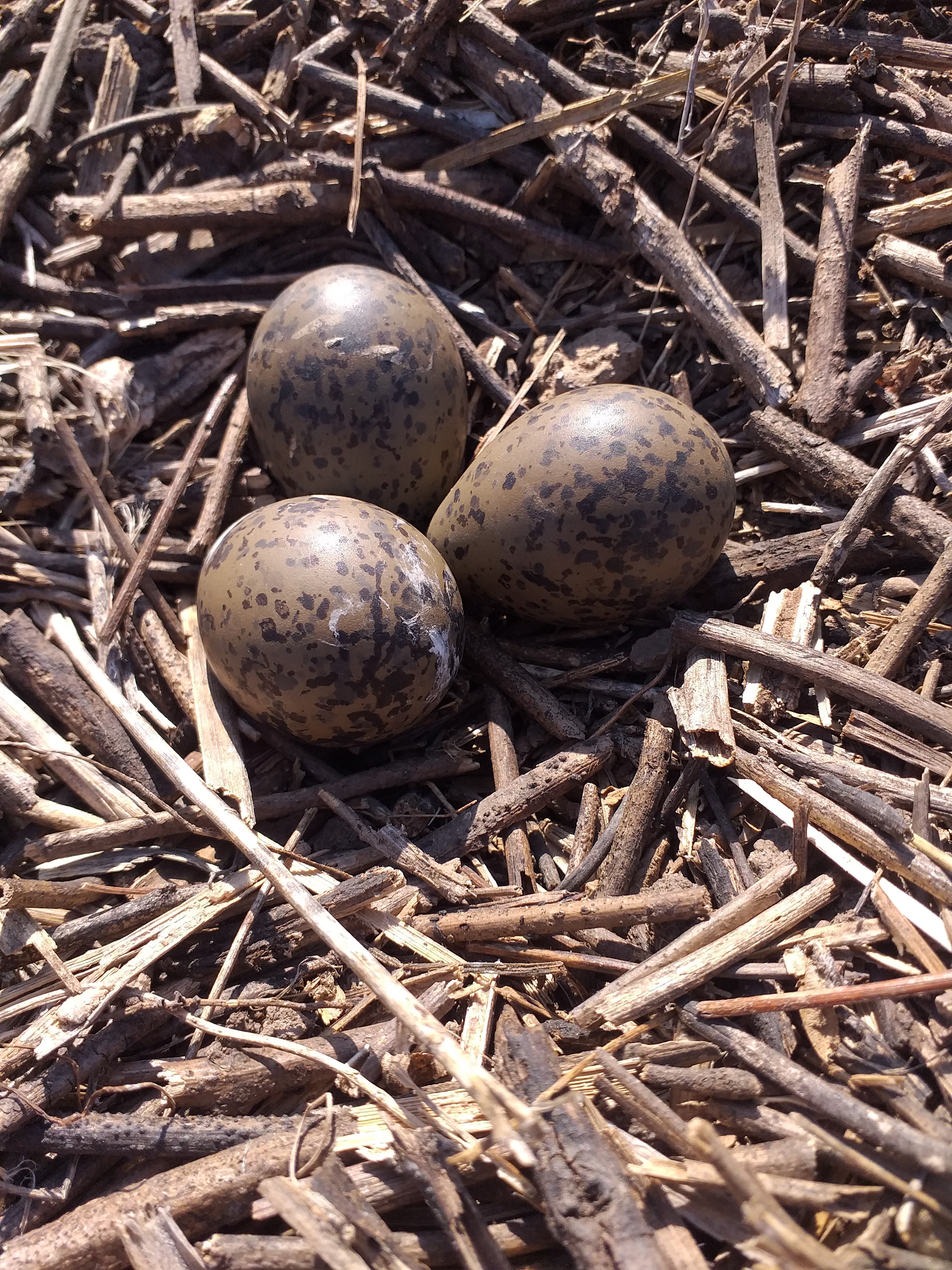 |
|---|
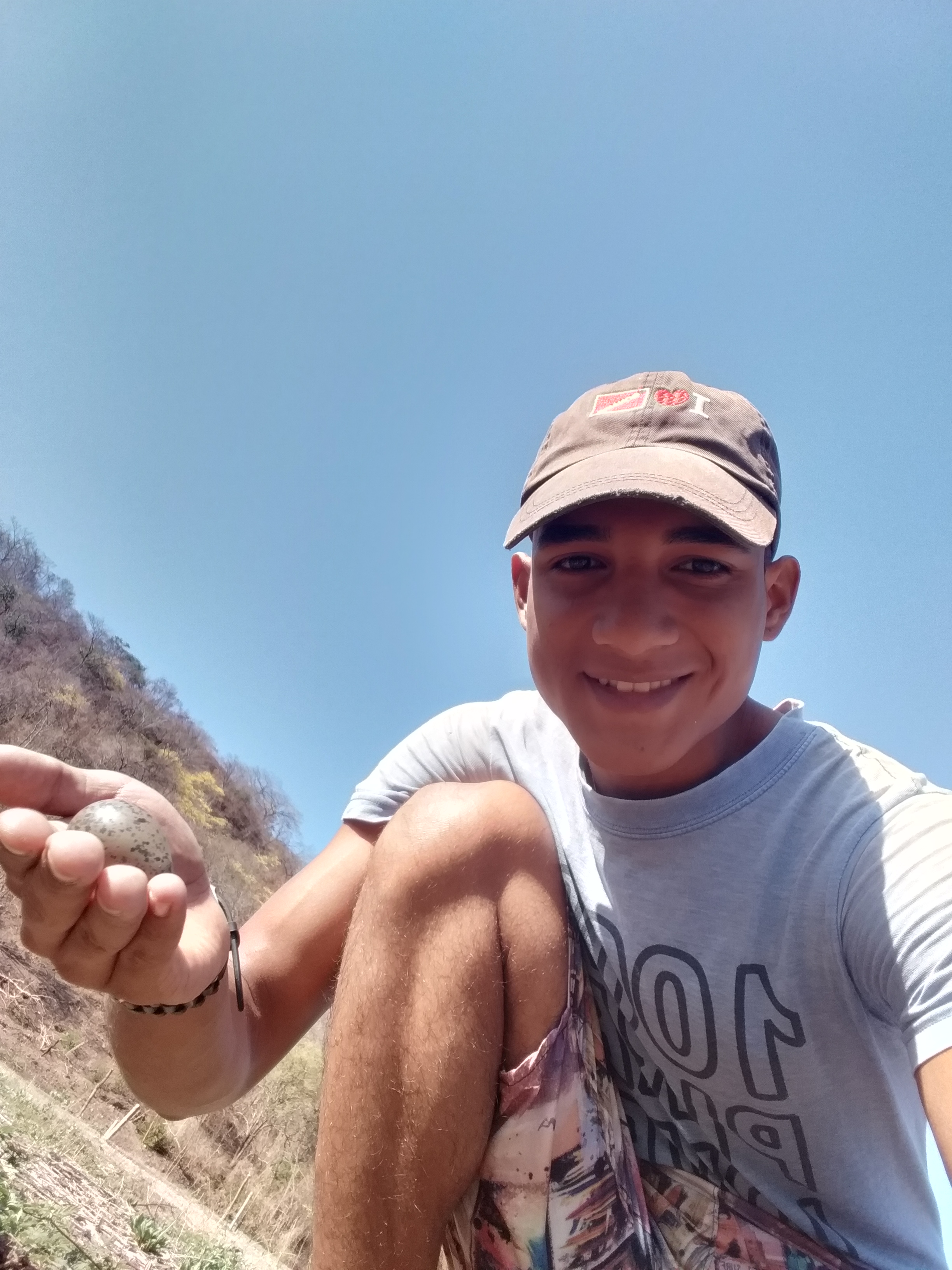 |  |
|---|
También me sorprendió mucho el sistema de defensa que utilizan estas aves para defender a sus polluelos, ya que a medida de que me iba acercando, las aves tero iban sobrevolando el área y muy cerca de mi, de echo, llegue a asustarme un poco porque pensé que me atacarían directamente, por suerte no fue así, pero si realizaron un sistema defensivo muy interesante, volaban a una altura considerable y se lanzaban en picada hacia a mi y justo cuando estaban cerca, se desviaban y volvían a tomar vuelo en las alturas para repetir el sistema de defensa, esto me pareció muy interesante porque era primera que lo veía, pero realmente me impresiono mucho y también me asusto un poco jejeje.
I was also very surprised by the defence system that these birds use to defend their chicks, as I was getting closer, the tero birds were flying over the area and very close to me, in fact, I got a little scared because I thought they would attack me directly, luckily it was not like that, but they did perform a very interesting defensive system, they flew at a considerable height and swooped down towards me and just when they were close to me, they would deviate and fly back up to repeat the defence system, I found this very interesting because it was the first time I saw it, but it really impressed me a lot and it also scared me a little hehehehe.
 |
|---|
 |
Dato curioso sobre la historia del ave TERO
Funny fact about the history of the bird TERO
Un dato que me pareció bastante curioso al realizar una pequeña investigación sobre estas aves, fue su historia urbana, cuento, leyenda o mito, la cual habla sobre el origen de esta ave. Cuenta la historia que esta ave se origina de una mujer llamada K'arke, quien era la esposa de un hombre dotado con supuestos poderes mágicos, esta mujer era reconocida por sus notables trabajos de costura y confecciones elaborados con cuero de guanaco. Un día el esposo de K’arke cae enfermo y este la envía a pedir comida a sus familiares, quienes le ofrecieron carne de guanaco y aves, pero K’arke prefirió unos escarabajos que comían sus hermanos.
A fact that I found quite curious when doing a little research on these birds, was its urban history, story, legend or myth, which talks about the origin of this bird. The story goes that this bird originates from a woman called K'arke, who was the wife of a man endowed with supposed magical powers, this woman was renowned for her remarkable sewing and clothing made from guanaco leather . One day K'arke's husband fell ill and he sent her to ask his relatives for food, who offered her guanaco meat and poultry, but K'arke preferred some beetles eaten by her brothers.
Al llegar a la casa de su esposo, el esposo noto que comía algo que provenía de la pequeña bolsa que K’arke llevaba encima con ella, y en un descuido de K’arke, el esposo logro revisar lo que traía en la bolsa y al darse cuenta que era escarabajos, asqueado echo todos los insectos al fuego. Tras una serie de acontecimientos, el hombre se transformo en un albatros, mientras K'arke se convertía en el tero, ave comedora de insectos.
Arriving at her husband's house, the husband noticed that she was eating something that came from the small bag that K'arke was carrying with her, and in an oversight of K'arke, the husband managed to check what was in the bag and when he realised that it was beetles, disgusted, he threw all the insects into the fire. After a series of events, the man was transformed into an albatross, while K'arke became the tero, an insect-eating bird.
Muchas gracias por leerme, espero que les haya gustado
Thank you very much for reading me, I hope you liked it
#YoSoyMag
#IAmMag
Todas las fotos e imágenes mostradas y usadas en esta publicación son hechas por mí y de mi autoría.
Todas las fotos e imágenes mostradas y usadas en esta publicación son hechas por mí y de mi autoría.
All photos and images shown and used in this publication are taken by me and are my own.

"Sígueme en mi redes sociales"
"Follow me in my socials"

 |

▂▃▄▅▆▇█▓▒░۪ M۫۰ ۪a۫۰ ۪G۫۰.░▒▓█▇▆▅▄▃▂






